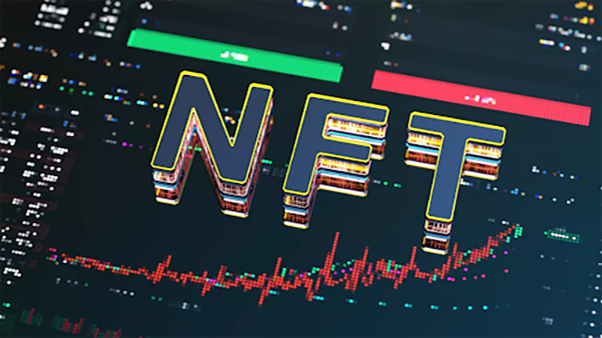In 2021, Non-fungible tokens (NFTs) exploded in popularity, with trading volumes skyrocketing from $300 million to over $3 billion in just one month. However, the NFT trend seems to be coming to an end as data shows a sharp decline in the number of unique buyers and a 92% decline in NFT transactions accounting from this time last year. Many experts speculate if this decline is the end or if NFT is awakening into a more stable era.
Now making headlines, the NFT ‘crash’ has previously been predicted. As per crypto data site NonFungible, transaction volume in the first quarter of the year (Q1) decreased by 47% compared to the previous quarter. This decline is ultimately a sign that reality is bearing down on the NFT market that has been heavily influenced by hype. However, some experts in the NFT space dispute the claims of a market downturn. For example, Tom Schmidt, a cryptocurrency investor, points to more accurate data at Dune Analytics that shows NFT transactions have barely dropped since January.
However, the idea that NFTs are coming to an end is likely an overstated belief. For example, the Moonbirds NFT project recently added $500 million worth of trading volume. The Solana blockchain saw a whopping 91% month-on-month increase while recording nearly $300 million in NFT trading. Additionally, the latest launch of Yuga Labs’ new Otherdeeds NFT, a virtual land sale that creates a universe within the metaverse, crashed the Ethereum blockchain as it was highly anticipated, and demands were high despite a floor price of $5,500 / £5,000. Nevertheless, the pull of being a part of the ‘blue chip’ NFT brands remains high, and many NFT enthusiasts are prepared to spend big to get a piece of what could come next.
Yet, on a macro level, overall, NFT trading is slowing down, and for many artists invested in the NFT space, this is welcome news. For many, NFTs are at the end of one curve and the beginning of another as it moves from PFP (profile picture NFTs) to NFTs with use; and this new boom could be the one that sees the tech emerge as something interesting. The future of NFT envisions the tech breaking free of the volatility of the cryptocurrency ecosystem and enabling more people to use fiat currency to engage.
Many creators believe NFTs need a reset so new uses, experimentation and entrepreneurial ideas can bring better value and democratization to this digital tech. “We should see more utility in NFTs – ones that have significant uses and artistic merit and likely a divergence from Ethereum to more stable, environmental and economic blockchains such as Wax, Flow, and Solana.” Additionally, several techs and video game companies are forging ahead with exciting new plans for what comes next. One notable game developer and publisher, Square Enix, has sold off significant franchises to focus solely on NFT gaming. Meta, formerly known as Facebook, has also announced it will integrate blockchains Ethereum, Polygon, Solana, and Flow into its social platform, Instagram – and users will not be charged.
This ‘crash is a defining moment for the NFT ecosystem and one that could really define what NFTs are and how they are used, especially by artists and creators.

